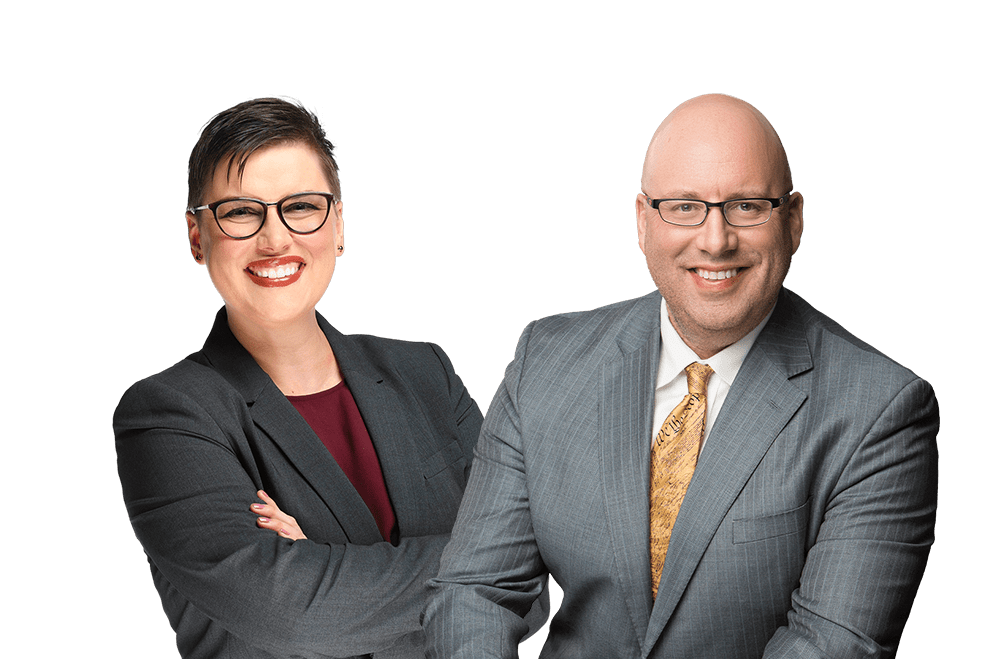Medtronic Pays the Cost of PTAB's Continued Misunderstanding of 35 U.S.C. § 101
In software and life science technologies, many patent applicants eventually receive an office action rejecting their claimed invention as being directed to an abstract idea, natural law, or another judicial exception. This infamous rejection is typically referred to as an Alice rejection or a § 101 rejection in view of the relevant Supreme Court case and U.S. statute.[1] In attempting to overcome such § 101 rejections, many patent applicants have complained that the USPTO’s subject matter eligibility (SME) test is applied inconsistently among different organizations at the USPTO, even amongst different examiners in the same technology art unit. A recent patent application filed by medical device company, Medtronic, provides a clear illustration of the confusion in applying the USPTO’s SME test.
Medtronic filed a U.S. patent application that disclosed various systems and methods for premature ventricular contraction (PVC) detection (“the PVC Application”). The PVC Application states that “PVCs are premature heartbeats originating from the ventricles of the heart,” where “[d]uring a PVC event, the ventricles electrically discharge and contract prematurely before the normal electrical discharge arrives from the sinoatrial node.” As such, PVC events may produce various symptoms, such as palpitations, dizziness, fatigue, dyspnea, chest pain, and lightheadedness.
The PVC Application included several independent claims. Independent claims 1 and 23 were directed to a medical system that includes simple “electrodes” with no other explicit hardware other than processing circuitry for performing a PVC detection method. Independent claim 32 was directed to an insertable cardiac monitor that includes (1) a housing for subcutaneous implantation within a patient, (2) electrodes positioned at the outer surface of the housing that continuously sense a cardiac electrogram of the patient, and (3) processing circuitry similar to that recited in claim 1. Independent claim 37 was directed to a medical system that includes the insertable cardiac monitor and processing circuitry of independent claim 32.
During patent examination, the Examiner rejected all claims in the PVC Application under 35 U.S.C. § 101 for being directed to a patent-ineligible mental process. The Examiner further asserted that the recited structure of electrodes and processing circuitry were generic sensors claimed at a high level of generality that did not integrate the abstract idea into a practical application as the USPTO’s SME test guides in Step 2A Prong Two.
In response to the Examiner’s rejection, Medtronic argued that all the independent claims were directed to a patent-eligible improvement in cardiac monitoring technology in view of the USPTO’s eligibility guidance in Alice and a relevant court decision, CardioNet, LLC v. InfoBionic, Inc.[2] In CardioNet, the U.S. Court of Appeals for the Federal Circuit (hereinafter “Federal Circuit”) found claims to be patent eligible that recited similar circuits with different functionality (e.g., a claim of the CardioNet patent required “a beat detector” and “a ventricular beat detector”). The Examiner disagreed with Medtronic and maintained the § 101 rejection of all claims in the PVC Application.
On appeal, the Patent Trial and Appeal Board (PTAB) affirmed the § 101 rejection of independent claims 1 and 23 but reversed the Examiner’s rejection of independent claims 32 and 37. Regarding independent claims 1 and 23, the PTAB concluded that Medtronics’ reliance on the CardioNet decision was misplaced “because the improvements to cardiac monitoring touted by [Medtronic] are not relevant to the determination of whether claim 1 recites a mental process.” Distinguishing CardioNet, the PTAB explained its understanding that the Federal Circuit had found the CardioNet claims “patent eligible because (1) the written description identified a number of advantages gained by the elements recited in the claimed cardiac monitoring device and (2) the lower court’s reliance on the unsupported assumption that the claims merely computerized pre-existing techniques.” In the PVC Application, the PTAB found that the advantages asserted in the affidavits did not apply to independent claims 1 and 23 because independent claims 1 and 23 only recited the electrodes and processing circuitry and not a subcutaneously implantable or insertable cardiac monitor that was the subject of the affidavits.
In addition, the PTAB characterized Medtronic’s arguments regarding a technological improvement as “relying on the abstract idea itself as the practical application and [without] any additional elements beyond the abstract idea.” In other words, the PTAB ignored all software and functionality limitations of the PVC detection method as well as the electrodes themselves as being encompassed by the ineligible abstract idea.
However, the PTAB agreed with Medtronic that the asserted advantages applied to the subcutaneously implantable or insertable cardiac monitor as recited in independent claims 32 and 37.
Not satisfied with the PTAB’s decision that only independent claims 32 and 37 recite patent-eligible subject matter, Medtronic appealed to the Federal Circuit. Before the Federal Circuit could comment on the patent eligibility of independent claims 1 and 23, the USPTO Director filed a motion to vacate the PTAB’s decision admitting that none of the claims of the PVC Application should have been rejected under § 101 for claiming patent-ineligible subject matter.[3] The Director explained that “Medtronic’s specification discloses that the alleged improvements in PVC detection can be carried out via implanted or external electrodes.” Accordingly, the Director acknowledged that independent claims 1 and 23 should not have been rejected as patent ineligible because independent claims 1 and 23 are also directed to an improvement in cardiac monitoring technology like independent claims 32 and 37, similar to the situation in CardioNet, due to the recitation of electrodes.
All pending claims of the PVC Application have since been allowed.
This story of the PVC Application reminds patent applicants of the practical realities of USPTO patent prosecution. During initial examination, many patent examiners have a tendency to reject all patent applications directed to software-implemented and life-science inventions unless the claims clearly recite unconventional hardware. Any advantages identified in the specification or affidavits and the citation of court cases may be viewed as immaterial to patent eligibility when the examiner doesn’t find unconventional hardware recited in the claims. When dealing with such a patent examiner, an applicant can often amend the claims to recite unconventional hardware to obtain a patent relatively easily, at least with respect to the patent-eligibility issue.
Alternatively, the patent applicant can appeal to the PTAB once the claims have been twice rejected. The PTAB is generally more willing to consider the substance of a patent application’s specification, affidavits, and case law. Administrative patent judges at the PTAB can have their own biases though.
On July 24, 2023, the USPTO established the Appeals Review Panel (ARP), which may be convened by the Director to review PTAB decisions in ex parte appeals, re-examination appeals, and reissue appeals. While we believe it to be extremely rare for the USPTO Director to support an Appellant rather than the PTAB, that result worked in Medtronic’s favor but only after Medtronic expended significant time and money. Unfortunately, many other patent applicants lack Medtronic’s legal and financial resources to overcome improper § 101 rejections.




